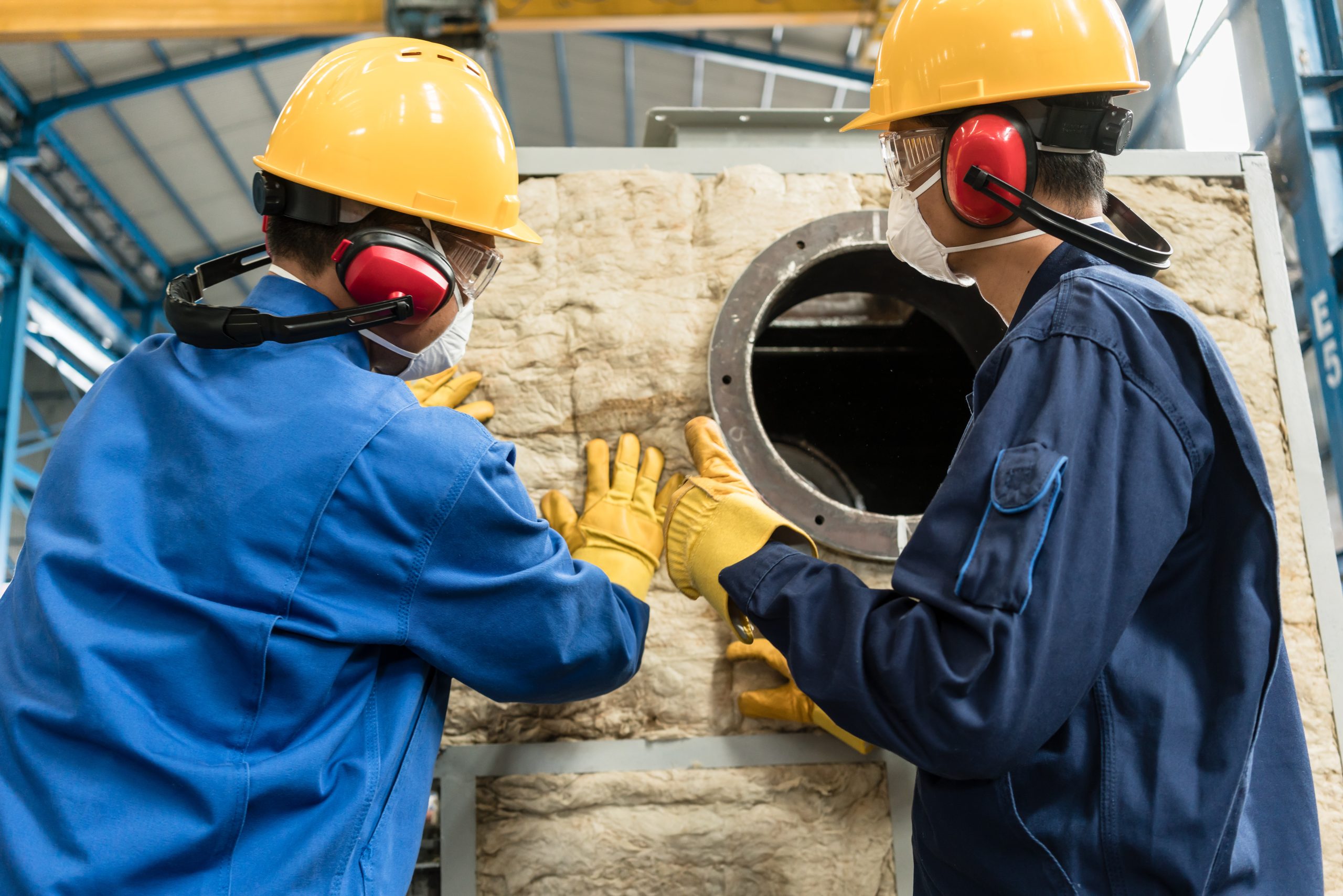Refractory Practices
PIP Refractory Practices captures decades of industry knowledge to aid in the selection and installation of Firebrick, Monolithic, and Ceramic refractory systems for process equipment.
Home — Disciplines — Refractory
PIP Refractory Practices serve industries including Refining, Petrochemical, Glass, and Steel in which normal operating process temperatures exceed 1,000°F (538°C)
Areas including Fired Process Heaters and Boilers as well as High-Temperature Vessels, Piping, Valves, and other Refractory-Related Anchoring and Accessories.
Why PIP Refractory Practices?
Product datasheets from vendors are helpful marketing tools to aid in the selection of refractory materials, but what happens after you’ve made your choice? How do you meet compliance for installation, inspection, and testing?
PIP Refractory Practices fill this gap with continuously updated guidelines and standards for a consistent, unifying approach to quality control and assurance.

Examples of Refractory Practices
- Refractory Brick (Firebrick) Material Specifications; Installation Qualification, Inspection, and Testing; and Installation Specifications.
- Ceramic Fiber Refractory Material Specifications; Installation Qualification, Inspection, and Testing; and Installation Specifications.
- Monolithic Refractory Material Specifications; Installation Qualification, Inspection, and Testing; and Installation Specifications.
- Refractory Anchor and Accessory Requirements; Installation Details; and Installation Qualification, Inspection, and Testing.
